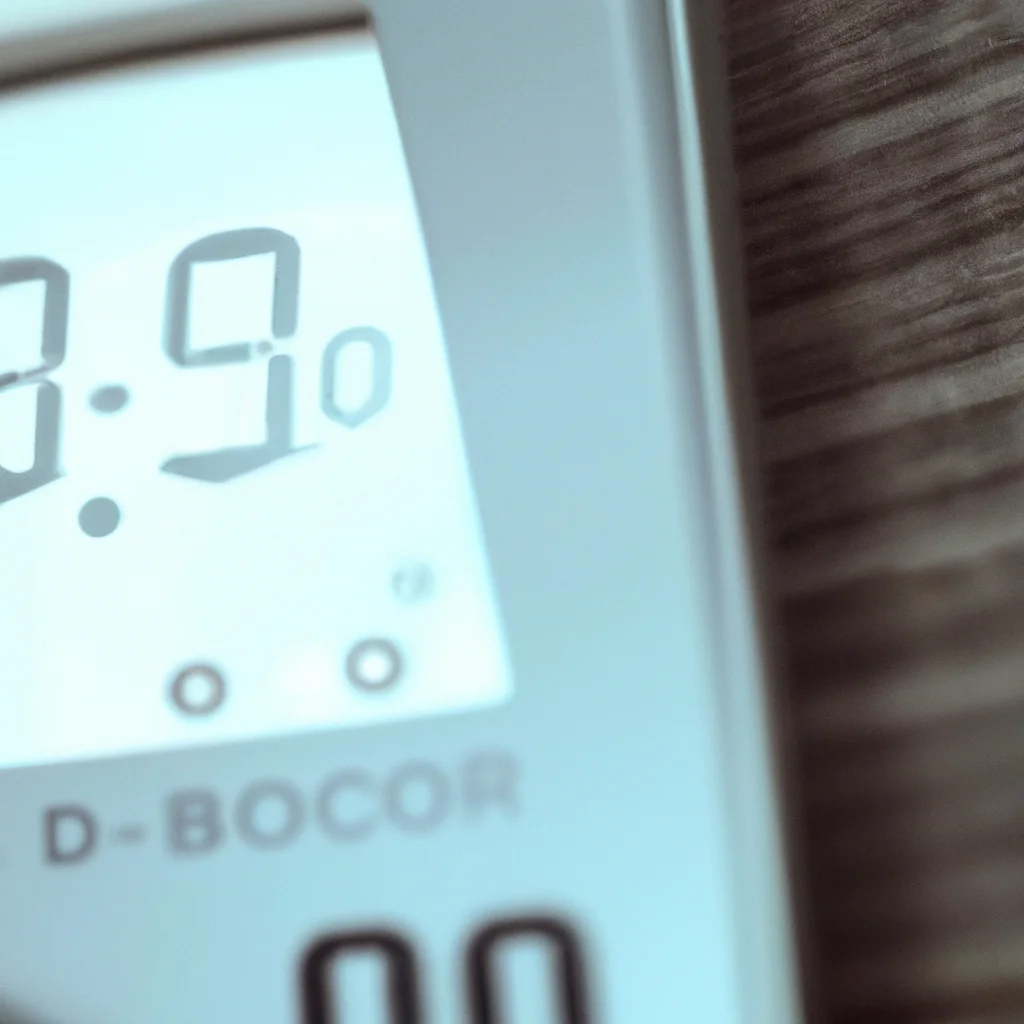How does a thermostat work?


How does a thermostat work?
A thermostat is an essential device that helps regulate the temperature in a room or building automatically. It is a temperature control mechanism that maintains a set temperature by switching the heating or cooling system on or off, depending on the temperature readings. In this article, we will explore how a thermostat works, the different types of thermostats, and their functions.
The Thermostat Mechanism
A thermostat works by measuring the ambient temperature of a room or building and comparing it to a set temperature. It does this by using a temperature sensor, which is located inside the thermostat. The temperature sensor is a small device that detects changes in temperature and sends a signal to the thermostat.
Once the thermostat receives a signal from the temperature sensor, it compares the detected temperature to the set temperature. If the detected temperature is lower than the set temperature, the thermostat will turn on the heating system. Conversely, if the detected temperature is higher than the set temperature, the thermostat will turn on the cooling system.
Types of Thermostats
There are different types of thermostats, and they vary depending on their functions and features. Here are the most common types of thermostats:
1. Electromechanical Thermostats
Electromechanical thermostats are the oldest type of thermostats, and they work by using a bimetallic strip. The bimetallic strip is made up of two different metals that expand and contract at different rates when exposed to temperature changes. This expansion and contraction cause the strip to bend, which either opens or closes an electrical switch.
2. Digital Thermostats
Digital thermostats are more advanced than electromechanical thermostats and use a microprocessor to control temperature. They are programmed to change the temperature at specific times, and they come with features like a built-in timer and a touch screen.
3. Wireless Thermostats
Wireless thermostats are similar to digital thermostats, but they allow users to control the temperature remotely using a smartphone or tablet. They use Wi-Fi or Bluetooth to connect to the internet, and they can be accessed from anywhere in the world.
Thermostat Functions
The main function of a thermostat is to control the temperature in a room or building, but they also have other features that make them more efficient. Here are some of the functions of a thermostat:
1. Temperature Control
Temperature control is the primary function of a thermostat, and it helps regulate the temperature in a room or building automatically. The thermostat maintains a set temperature by switching the heating or cooling system on or off, depending on the temperature readings.
2. Energy Efficiency
Thermostats help save energy by controlling the temperature in a room or building. They reduce heating or cooling when it is not necessary, which helps save money on energy bills.
3. User-Friendly Features
Thermostats come with user-friendly features like touch screens, built-in timers, and remote control. These features make them easy to operate and more convenient to use.
Conclusion
Thermostats are essential devices that help regulate the temperature in a room or building automatically. They work by measuring the ambient temperature using a temperature sensor and maintaining a set temperature by switching the heating or cooling system on or off. There are different types of thermostats, including electromechanical, digital, and wireless thermostats, and they vary depending on their functions and features. With their energy-saving capabilities and user-friendly features, thermostats are a must-have for any modern home or building.
Recent Posts
How do I create an engaging and informative online quiz or assessment?
Creating an engaging and informative online quiz or assessment can be a powerful tool for… Read More
What are the most effective methods for managing and reducing work-related stress in the hospitality industry?
Work-related stress is a common issue in the hospitality industry, where employees often face long… Read More
How can I improve my assertiveness and communication skills in a leadership position?
In a leadership position, assertiveness and effective communication skills are crucial for success. Being able… Read More
What are the key elements of a successful employee recognition and rewards program?
Employee recognition and rewards programs play a crucial role in motivating and engaging employees, as… Read More
How do I effectively manage and respond to customer feedback and reviews?
Customer feedback and online reviews play a crucial role in shaping a company's reputation and… Read More
What are the best strategies for effective time management as a stay-at-home parent?
Effective time management is crucial for stay-at-home parents who juggle multiple responsibilities on a daily… Read More